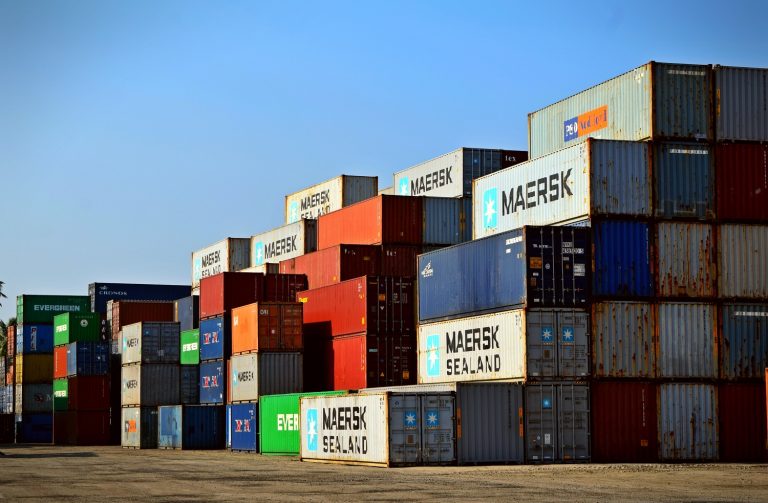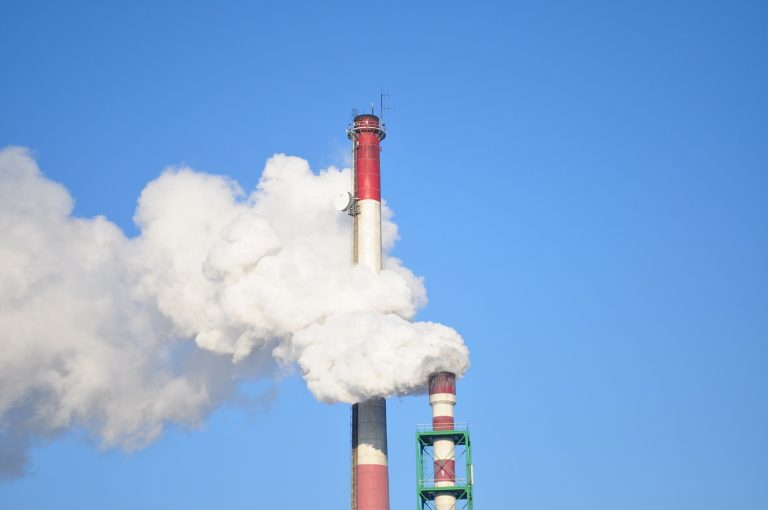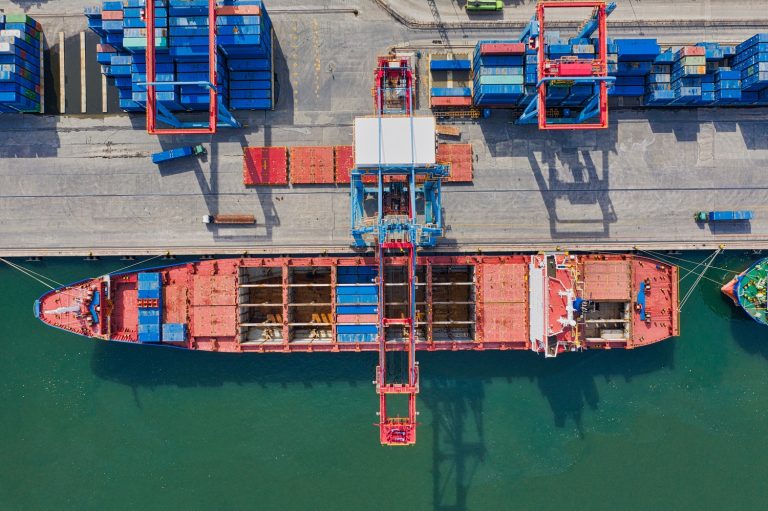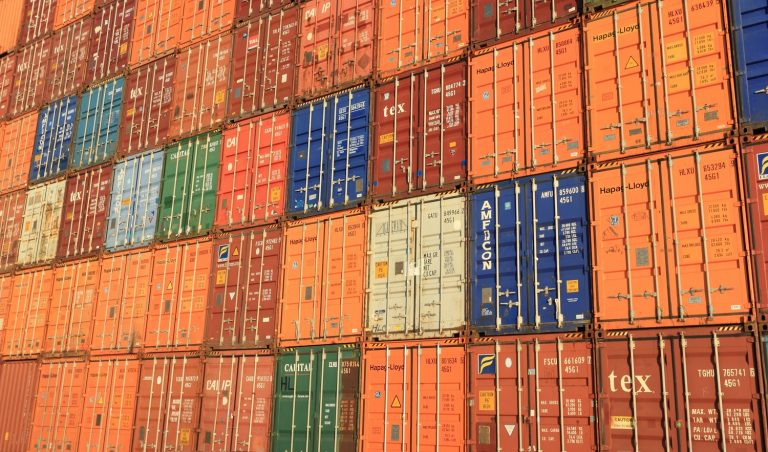ships divert from ningbo, no timeframe given for terminal reopening
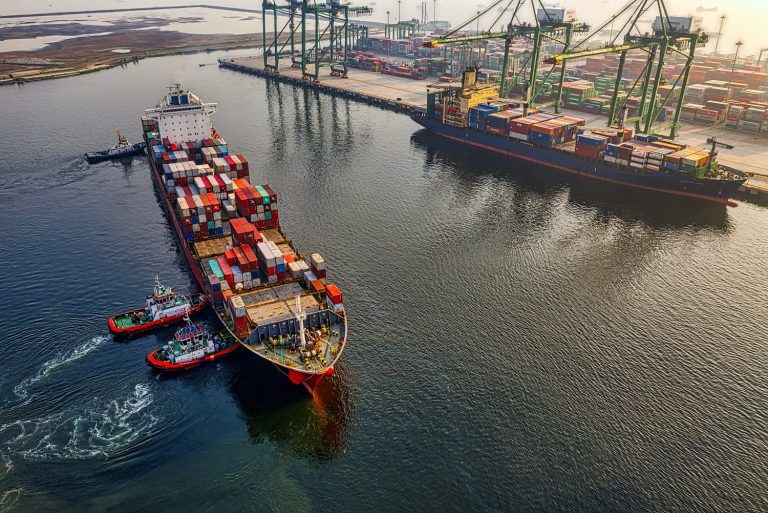
Having learned lessons from the closure of Yantian Port earlier in the summer, a number of carriers are not hanging around waiting for Ningbo Meishan Island Container Terminal to open anytime soon, with several ships opting to skip Ningbo this week.
One port worker at the terminal was found to have contracted Covid-19 yesterday, resulting in the terminal being closed. Tests on the port’s workforce are underway, and the terminal is being decontaminated. For all other Ningbo terminals, the gate-in of export containers is now limited to two days of a vessel’s expected time of arrival.
It seems the whole Meishan terminal is closed until further notice. All the shipping agents are running around trying to change to Shanghai,” one well placed source told Splash today.
There has been no official announcement yet on how long the terminal will be closed. The outbreak at Yantian in eastern Shenzhen in late May resulted in a partial lockdown lasting four weeks.
The sheer enormity of Ningbo-Zhoushan port, the world’s largest port in tonnage terms, appears to have helped prevent a wider total port lockdown. Meishan Island is approximately 30 km away from Ningbo’s major container terminal at Beilun, and 60 km away from Ningbo downtown.
Meishan accounts for approximately 20% of the near 30m teu that pass through the port each year. There are currently a total of 41 container services calling Meishan, eight into North America, six for Europe, and two for the Red Sea. The Meishan closure mainly impacts the Ocean Alliance, a grouping made up of Cosco, OOCL, CMA CGM and Evergreen.
Cosco and CMA CGM have already indicated that a number of ships will skip Ningbo this week. The Covid closure comes at a time where both Ningbo and Shanghai had been experiencing severe congestion, the worst in the world, over the past two weeks. Data provided by MarineTraffic today shows the unprecedented volume of ships waiting for berth space to open up at Ningbo today.
Clients should expect further delays and congestion amidst these issues.
